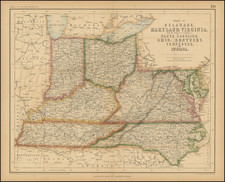One of the Finest Examples of Cartographic Folk Art We Have Seen. Combines a Rare Printed Map with Rich Hand-Painted Embellishments.
This is one of the richest examples of cartographic folk art we have encountered, one that quite unusually combines an important, early American-printed map with several vibrant, hand drawn and painted images. While the artistic execution is lively and capable, its somewhat naïve character indicates it was the work of a schoolgirl.
There is a most interesting juxtaposition between the map and the painted images. The map, which is more fully described below, is of what was at the time a semi-wilderness in the early stages of its development. The images, on the other hand, suggest the arrival of advanced civilization and refinement. They radiate an air of prosperous contentment, clearly suggesting the student-artist was from a privileged background and had enjoyed the benefits of a classical education. There are stately homes in some of the images, and the six allegorical, female figures depicted at lower left are elegantly dressed and shown in the opulent interior of a fine home. Very much in the American grain, they are identified as Peace, Plenty, Justice, Liberty, Religion and Hope. Considerable liberty was taken with the portrait of Elizabeth I, who here appears as a young, prosperous American lady. The student-artist's depiction of fruit, roses and other flora is particularly well done. The view at lower right is intriguing and is likely of a specific rather than generic place given the distinctiveness of the buildings shown. We compared it with early views of Cleveland and have tentatively identified it as a depiction of that city.
Map of the Western Reserve Including the Fire Lands in Ohio September 1826.
Engraved map, 15 ¼ x 20 ½ inches. William Sumner (publisher) & William Savery (engraver) [Nelson, Portage County, Ohio] September 1826
The printed map of the Western Reserve embedded in this work is an important and rare, regional American production. It was described in Streeter as " 'the finest map produced by an Ohio engraver and pioneer printer.'" It is here in the first edition; later editions appeared in 1832 and 1833. The map depicts the Western Reserve (called also the Connecticut Western Reserve) located in the northeast section of Ohio along Lake Erie. As is explained in the elegantly printed text below the map, this area was part of the Northwest Territory claimed by the colony of Connecticut based on 17th century grants from Charles II to the colony. The western part of this area was called the Fire Lands, which were plots of land reserved for victims ("Sufferers") in Connecticut whose homes were burned by the British during the American Revolution. The Fire Lands consisted of 500,000 of the 3,366,921 acres of the Connecticut Western Reserve. Cleveland is located in the center of the Western Reserve along Lake Erie and is here spelled "CleaveLand," after Moses Cleaveland, who was sent by the Land Company of Connecticut to survey the Western Reserve in 1796 and divide it into townships. The company bought the Western Reserve from the state in 1796. It is believed that the present spelling of the city resulted from an early mapmaker's error.
Provenance
Ex William Samaha. Property from the Collection of Dr. M. Donald Hayes, Wilmington, Ohio.









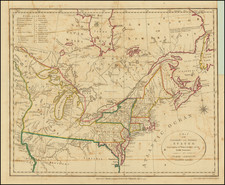
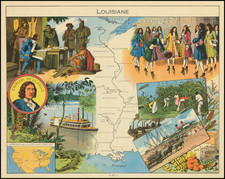
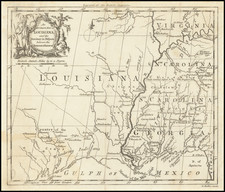
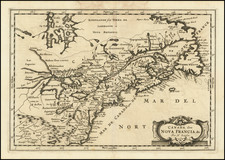
![[Carolinas, Virginia, the Chesapeake, Pennsylvania, New York]](https://storage.googleapis.com/raremaps/img/small/71479.jpg)
